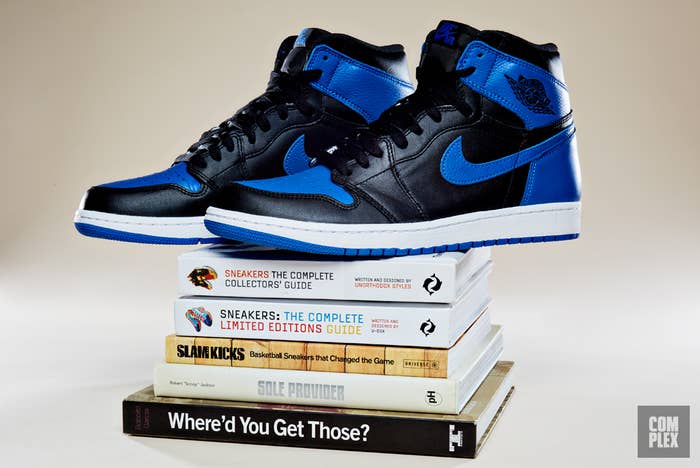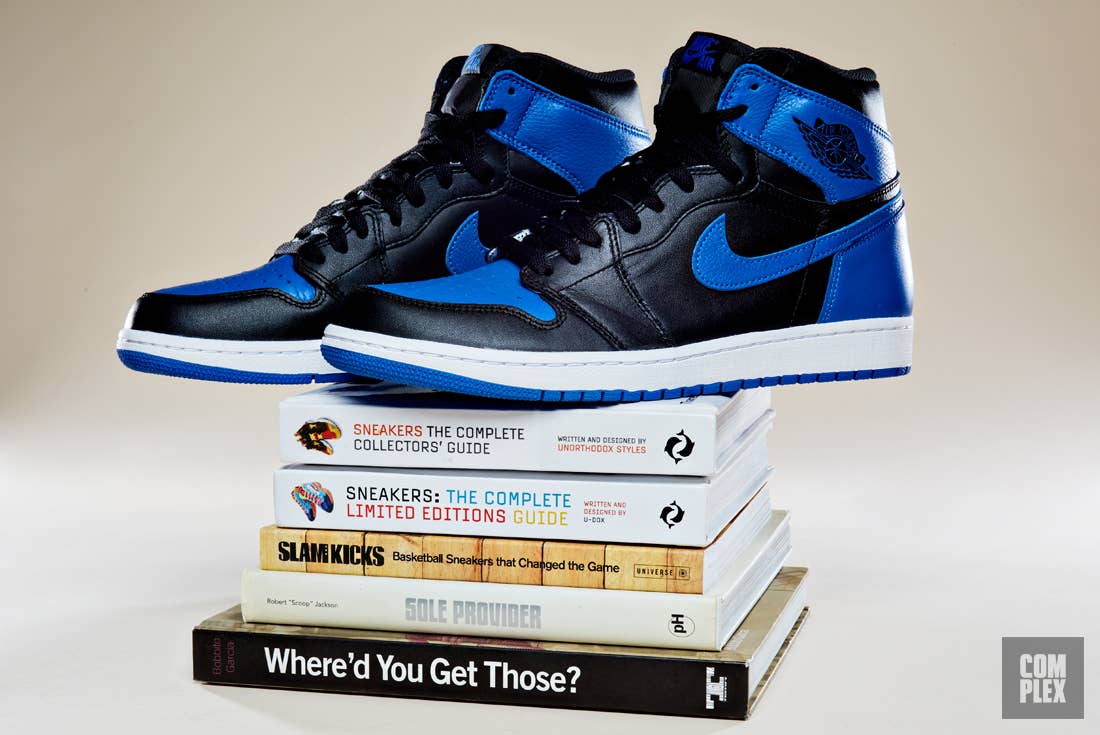
Five years ago when I graduated from Rutgers University with a journalism degree, I was told that it would be difficult for me to find work. The majority of the professors and guest lecturers came from the newspaper industry, and their outlook on print was grim. I’d either have to get into politics, join a local newspaper and make $25,000 a year, or start my own website and figure out how to monetize it. Things weren’t looking good. I ended up at Complex as an editor writing about sneakers and was able to ride a wave that’s brought me into a new day and age of media. And I’ve never looked back. Last week, I went back to Rutgers to teach a course on sports marketing with legendary footwear statistician (and infamous Twitter troll) Matt Powell on my role in, and outlook on, sneaker journalism. It was surreal.
A half decade ago, writing about or sharing your opinions on sneakers on the Internet was in its fledgling stage. Sites such as Hypebeast, High Snobiety, Sneaker News, Nice Kicks, and Sneaker Freaker had tapped the market, but it still remained underserved. Very few people were getting paid to post their sneakers online (Instagram started in 2012), brands were still focused on athletes telling their stories, and the business of sneaker collaborations with athletes and cool-guy shops was still finding its way in the vast sneaker landscape. There were only a few people who were trusted to give opinions and cultural context on why sneakers mattered (hell, there’s really still only a few of us and the best one ever, Gary Warnett, passed away last week. May God bless his soul): Russ Bengtson, DJ Clark Kent, Bobbito Garcia, Matt Halfhill, Simon “Woody” Wood, Eugene Kan, to name a few. Sneaker “culture,” for lack of a better word, was an insider’s club that placed emphasis on people being there to understand and appreciate the right shoes. You had to watch Michael Jordan in the ‘80s and ‘90s. You had to wear Air Force 1s before Nelly put them in a song. You had to own Nike SB Dunks before the brand designed an “SB” box. You couldn’t learn this stuff. Not just because there were very few places to read about it, but because your whole credibility was predicated on you taking part in these moments during a time that could — and never will be — replicated.
So when I was asked to come teach a class of graduate students hoping to get into the footwear industry, I wasn’t sure how much I should explain to those in attendance. How much should I expect for them to know? How much game should I put them up on? Or, even more important, has the sneaker world itself — through Kim Kardashian debuting new pairs of Kanye West’s Yeezys or LaVar Ball’s Big Baller Brand becoming the most-talked-about subject on daytime television — become so mainstream that these niche, pre-Internet stories didn’t matter anymore? Had sneakers become such an everyman’s hobby that it held little weight if you owned an older retro of the Air Max 95 than the next man or knew that Stephen Smith, who designed Kanye West’s newest Adidas sneaker, was the person responsible for much of New Balance’s classic line? In the grander scheme of things, the answer is blurry.
One of the main reasons that the insider world of rubber and sole has remained so small is that we’re afraid to share it with people we don’t trust. We assume that everyone knows everything and rarely take time to explain the differences between an Adidas Gazelle and Samba or why see-through sneakers were a thing to anyone who didn’t own them in 2006. I can say that I’m guilty of that, too. Part of the blame also falls on sneaker blogs for being in an arms and SEO race to see who can publish information first, rather than explain why we write about what we’re writing about. (Take some time to look up sneaker blog posts that were published before 2010 and see how many are even 50 words.)
What I found when I spoke to the students, who ranged from those looking to get into the sports marketing world to sneaker fanatics, was these stories are important. We can’t hide them from the masses simply for the reason that they’re not “worthy” of hearing them. That’s bullshit. The only way our passion for sneakers is going to get snuffed is if we hold it inside and don’t pass it onto the next generation (or the peer sitting next to us who wants to buy the shoes he saw you talk about on Twitter yesterday). Gary passing away was a wake-up call in terms of all of this. There were a lot of stories that only he’d be able to write and pieces of knowledge that only he knew, although he tried to share it with everyone. There never will be another Gary Warnett, but that doesn’t mean we should stop writing about sneakers and caring about them just as much. It’s just going to require us all to do our part, whether it’s writing a story, talking about it in a YouTube video—or lecturing a classroom full of people wanting to learn from us.

